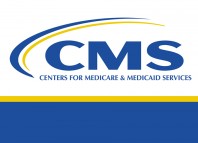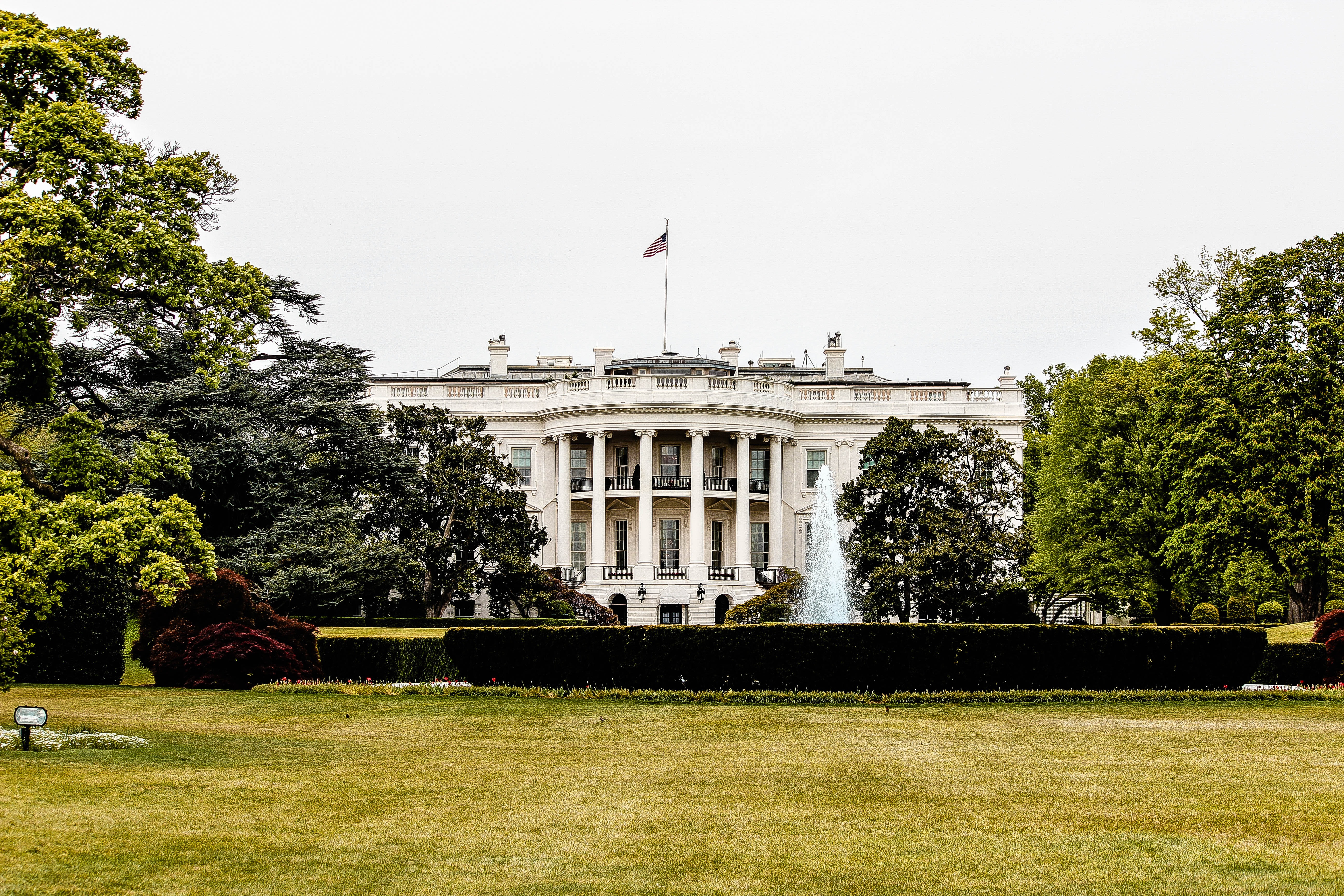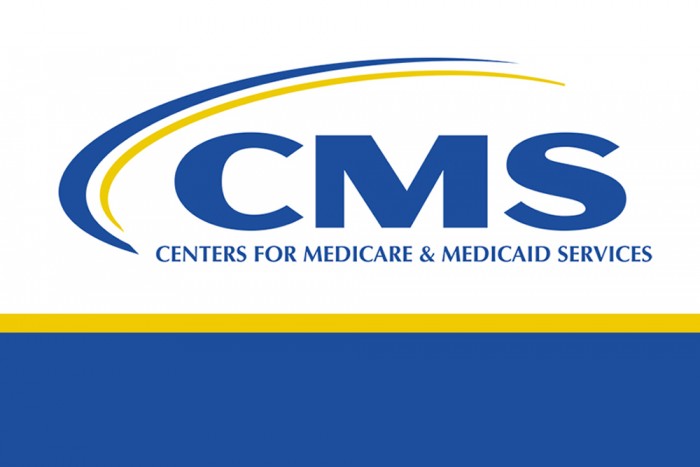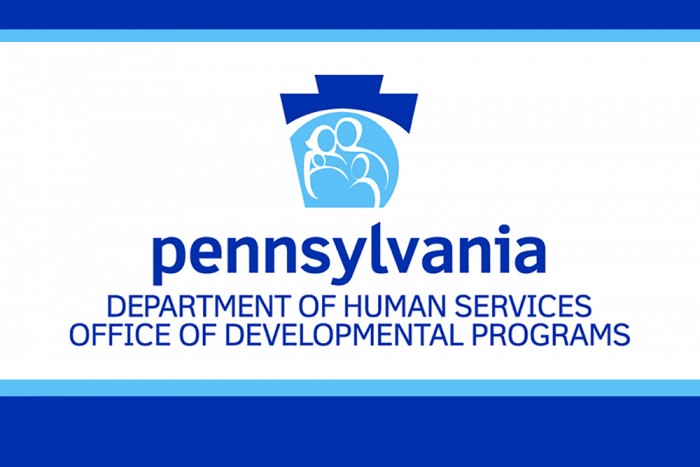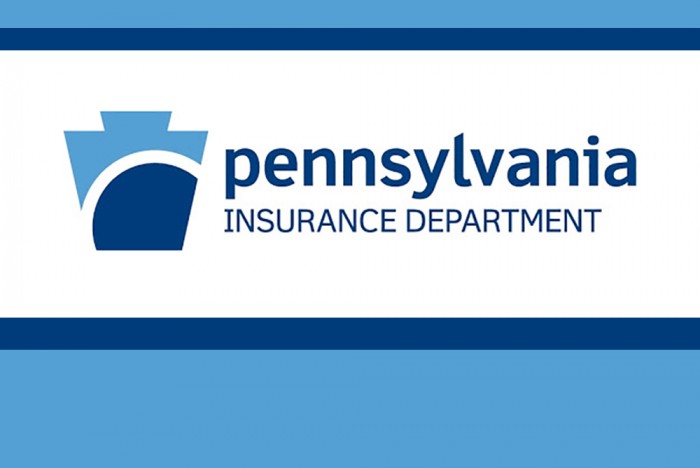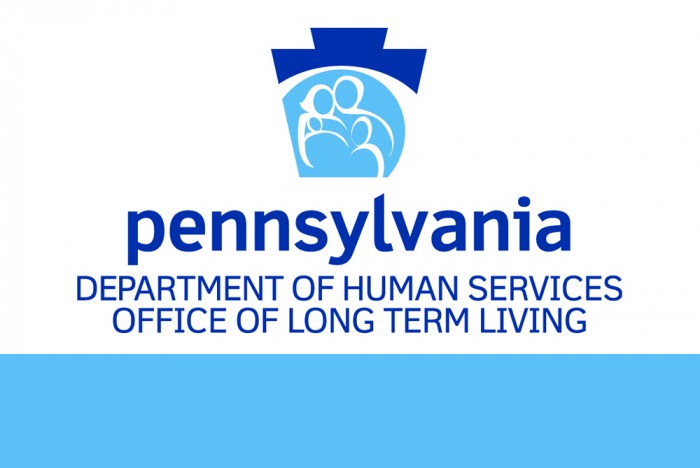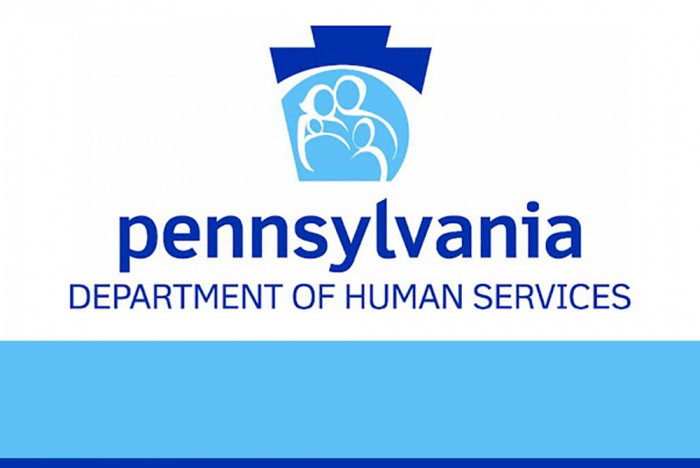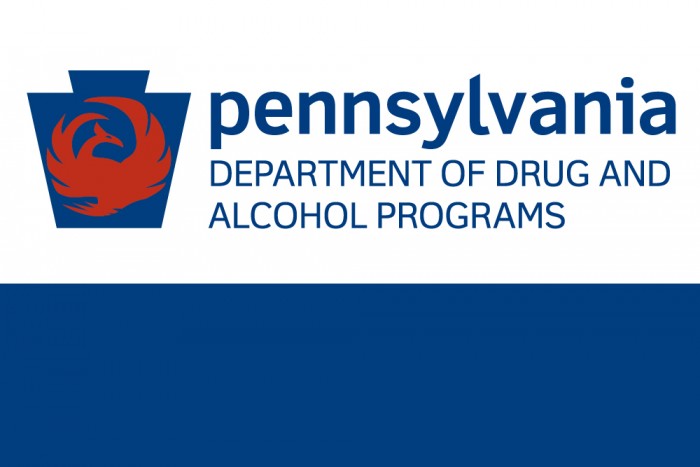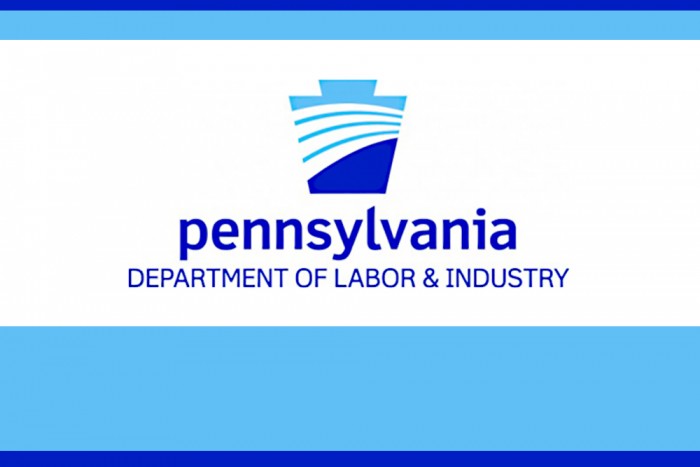Harrisburg, PA – Pennsylvanians are encouraged to ask their job search and unemployment compensation (UC) questions during the Pennsylvania Department of Labor & Industry’s (L&I) twenty-third virtual town hall, which will be held from 1:00 pm to 2:00 pm today, Thursday, October 29.
How to Participate in the Town Hall
A livestream will be online at the Pennsylvania Department of Labor & Industry website. Those without Internet access can listen by calling 833-380-0719; however, phone lines are limited, so we ask that they be reserved for individuals who need them.
Participants using the phone lines can ask questions directly of our UC expert. Individuals livestreaming the town hall can submit typed questions that will be read to the UC expert by a moderator. To protect participants’ personal confidential information, detailed answers about individual claim questions cannot be answered during the town hall.
Reminder to Guard Personal Information
L&I recently became aware of fraudsters who are posing as L&I employees during calls to Pennsylvanians. These fraudsters will ask for personal and confidential information such as usernames, passwords, and social security numbers, under the guise of helping with issues related to unemployment compensation. Pennsylvanians are reminded that L&I employees will never call and ask for your username, password, or full social security number.
Scammers have also been posing as L&I and US Department of Labor (DOL) officials in emails and social media messages in attempts to obtain individuals’ personal and confidential information. L&I does not offer assistance over social media due to the inability to guarantee confidentiality and security; as a result, any messages received from “L&I” over social media are likely fraudulent and should be ignored.
Emails appearing to come from L&I or the US DOL may be spoofed by fraudsters. Individuals should never click a link in an email and provide their username and password. The safest way to log into an account is to type the URL of the website into the browser window.
For more information on identifying fraud, what to do if you believe you have been a victim of fraud, or how to report fraud, visit L&I’s website.
MEDIA CONTACT: Sarah DeSantis



